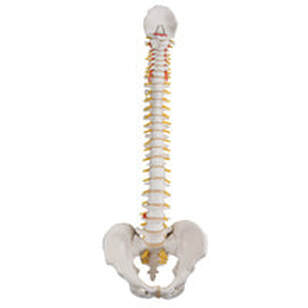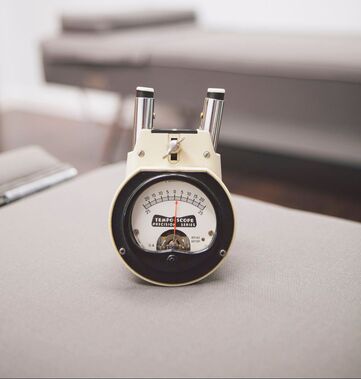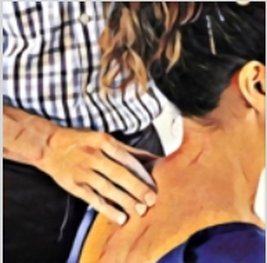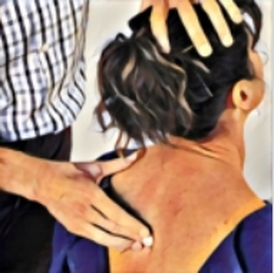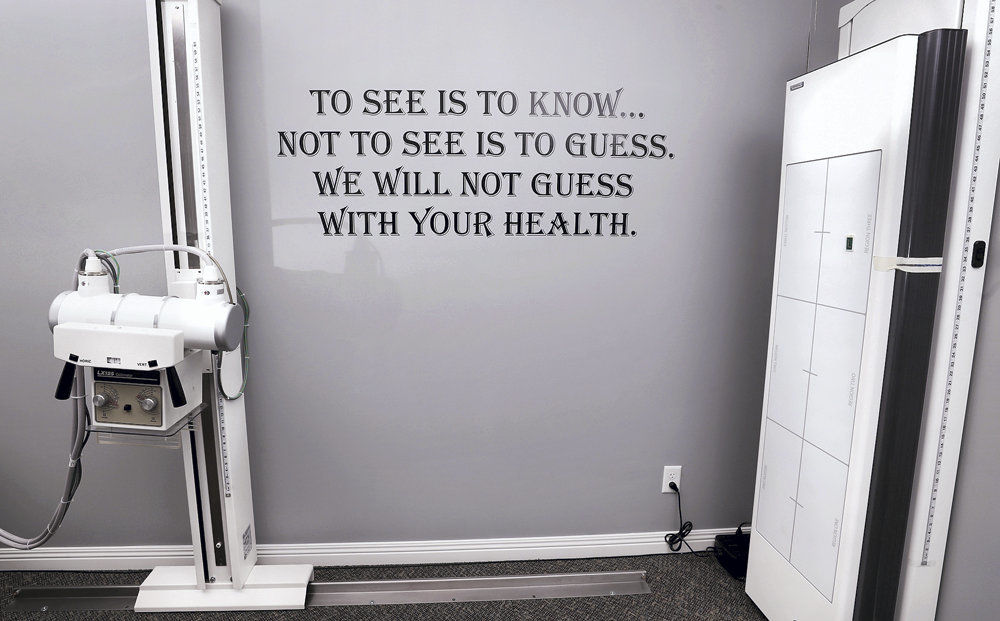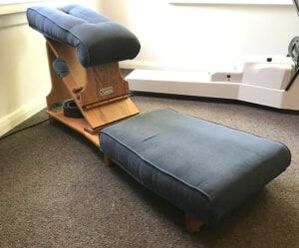The Gonstead System of Analysis
Visualization
|
Instrumentation
|
Full Spine AP/LAT X-Ray
|
Specific Gonstead Adjusting
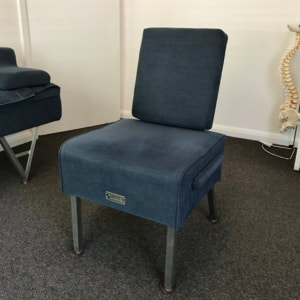
Cervical Chair: This is where the bulk of the cervical (neck) adjusting is done. It is done with a gentle, specific move without rotation.
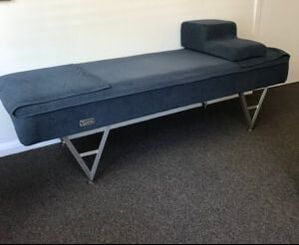
Pelvic Bench: This is where we can adjust the low back whether it be an ilium, a lumbar, or a sacrum. We have a number of 'moves' we can use from here but they are all specific adjustments of one bone at a time, there is no rattling or rolling done here.
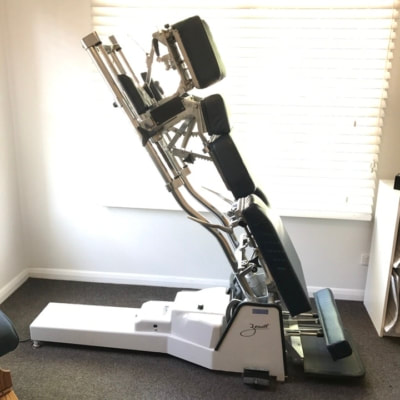
Hylo Table: From here we can adjust the full spine from the occiput to the coccyx. This machine allows for us to gently lower you into a prone lying position. There is a swing-away abdominal piece but no other drops or bells and whistles.

